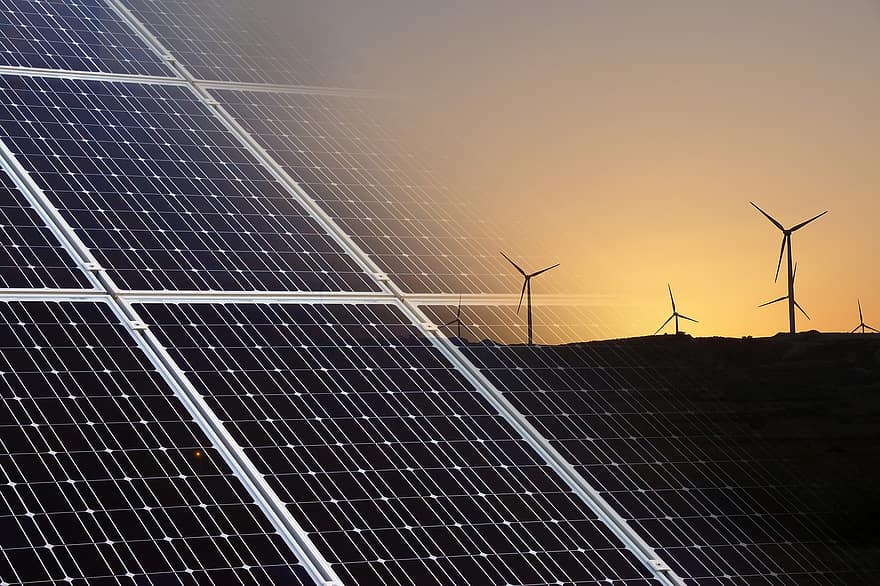Syllabus
1. INTRODUCTION (Total Hrs 9) (Refer Book No. 2 and 5)
Environmental aspects of electric energy conversion: impacts of renewable energy generation on environment (cost, GHG Emission) – Qualitative study of different renewable energy resources: Solar, wind, ocean, Biomass, Fuel cell, Hydrogen energy systems and hybrid renewable energy systems.
2. ELECTRICAL MACHINES FOR RENEWABLE ENERGY CONVERSION (Total Hrs 9) (Download Notes)
Review of reference theory fundamentals-principle of operation and analysis: IG, PMSG, SCIG and DFIG.
3. POWER CONVERTERS (Total Hrs 9) (Download Notes)
Solar: Block diagram of solar photo voltaic system -Principle of operation: line commutated converters (inversion-mode) – Boost and buck-boost converters- selection of inverter, battery sizing, array sizing
Wind: three phase AC voltage controllers- AC-DC-AC converters: uncontrolled rectifiers, PWM Inverters, Grid Interactive Inverters-matrix converters.
4. ANALYSIS OF WIND AND PV SYSTEMS (Total Hrs 9) (Download Notes)
Stand alone operation of fixed and variable speed wind energy conversion systems and solar system-Grid connection Issues -Grid integrated PMSG and SCIG Based WECS-Grid Integrated solar system.
5. HYBRID RENEWABLE ENERGY SYSTEMS (Total Hrs 9) (Download Notes)
Need for Hybrid Systems- Range and type of Hybrid systems- Case studies of Wind-PV-Maximum Power Point Tracking (MPPT).
Text book(s) and References
1. Rashid .M. H “power electronics Hand book”, Academic press, 2001.
2. Rai. G.D, “Non conventional energy sources”, Khanna publishes, 1993.
3. Rai. G.D,” Solar energy utilization”, Khanna publishes, 1993.
4. Gray, L. Johnson, “Wind energy system”, prentice hall linc, 1995.
5. Non-conventional Energy sources B.H.Khan Tata McGraw-hill Publishing Company, New Delhi.





